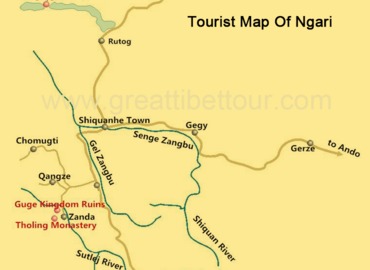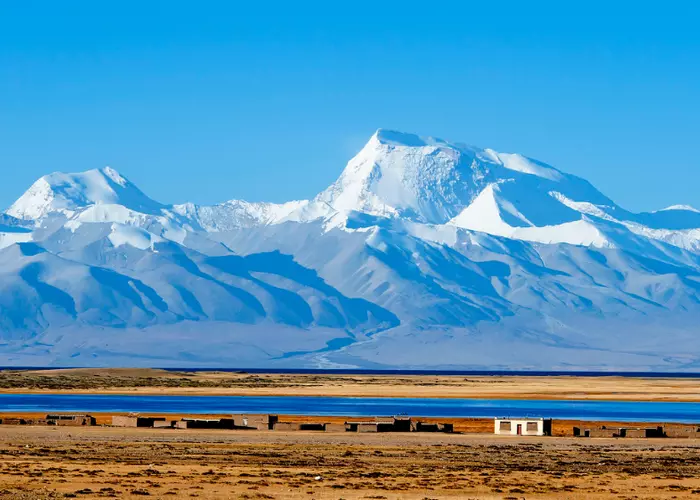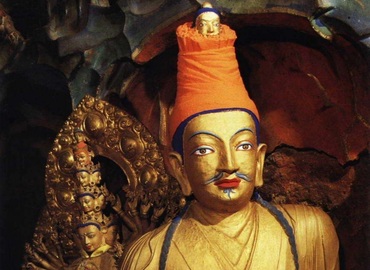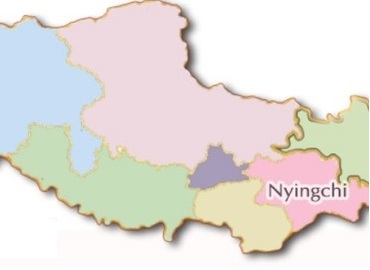King Gesar of Ling
- Julie
- Last Updated : 02/18/2025
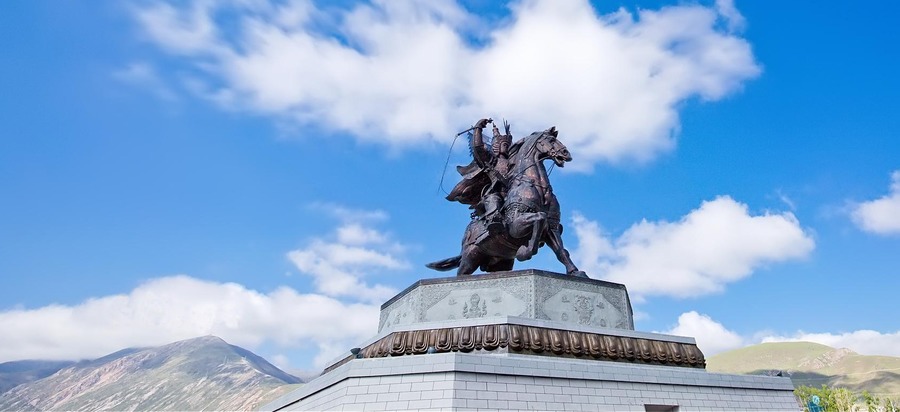
King Gesar (about 1038-1119 AD) was a legendary Tibetan hero who was born in Dege County, Ganzi Tibetan Autonomous Prefecture. In his lifetime, he got rid of the violence and protected the people, fought south and north, and finally unified more than 150 tribes in the upper reaches of the Jinsha River and the Yellow River. Later generations called him King Gesar of Ling. According to legend, King Gesar is also the incarnation of the Guru Rinpoche and his wisdom, compassion and power.
Content Preview
Religious and Cultural Significance
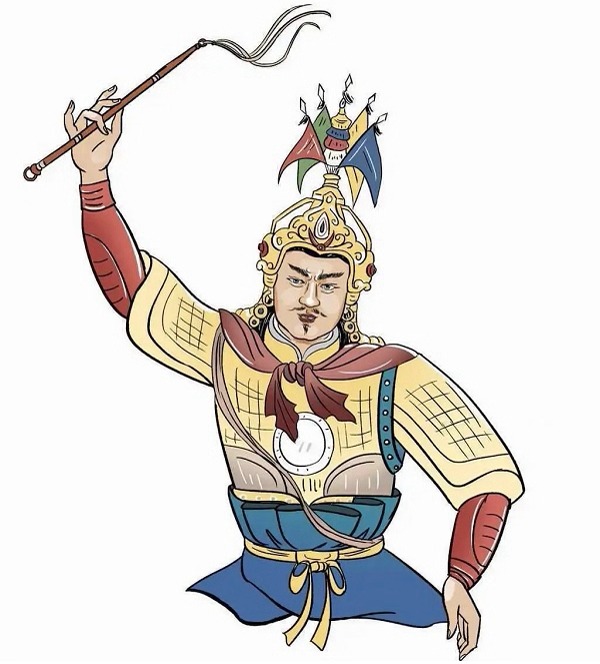
King Gesar is a true historical figure who gradually deified in the process of epic singing. The oral epic "The Epic of King Gesar" based on Gesar is the longest heroic epic in the world.
He unified the tribal disputes that lasted for hundreds of years after the collapse of the Tubo Kingdom, developed agriculture and animal husbandry, allowed the people to live and work in peace, and brought stability to the Tibetan people.
He advocated Buddhism which was more systematic than the primitive religion Bon, and formed a unified Tibetan culture with the Buddhist worldview as the core.
According to the legend of King Gesar, his half-brother Jiacha Xiega(their mother is the Han nationality) had notable military exploits and made great contributions until he died heroically on the battlefield. He is a positive hero with the most perfect personality in "The Epic of King Gesar".
Biography of Gesar of Ling
King Gesar was born in Axu Grassland(belonging to the Ling Kingdom), Dege County, Ganzi Prefecture, named "Jueri". Gesar of Ling had a poor family since he was a child and made a living by grazing. Due to the sowing discord from his uncle, the mother and son lead a wandering life and depended on each other for survival. Gesar was ambitious when he was a child, but there are always people who don’t want him to be good.
At that time, the leader of their area was Jueri's uncle Chao Tong. His uncle represents the matrilineal side. In ancient times, the matrilineal could not be the king of a place, the king must be the paternal line. However, his uncle could manipulate the fate of the tribe when the patrilineal party did not really become the king, so his uncle suppressed the young Gesar in every possible way. In the end, King Gesar of Ling, with his extraordinary martial arts and intelligence, defeated his uncle and won the throne, leading his tribe to overcome various disasters, such as floods, snowstorms, and droughts that had not been encountered in a century. During this period, King Gesar also won several key battles, such as the Menling War, Huoling War and Jiangling War, and developed the borders.
When he was 12 years old, with the assistance of his elder brother Jiacha Xiega, Jueri quietly returned to the tribe. He won the first prize in the horse racing event held by the Ling family's large, middle and small factions. Later, he won the throne and became King Gesar and married Zhumu as his wife. From then on, he began his military career in the South and North Wars.
Legend has it that when King Gesar was 15 years old, he led the fighters of Ling Kingdom to conquer the demon land "Deyu", beheaded the demon king Toda, and turned the demon land "Deyu" into a pure land of virtue so that the people in "Deyu" lived happy and peaceful lives.
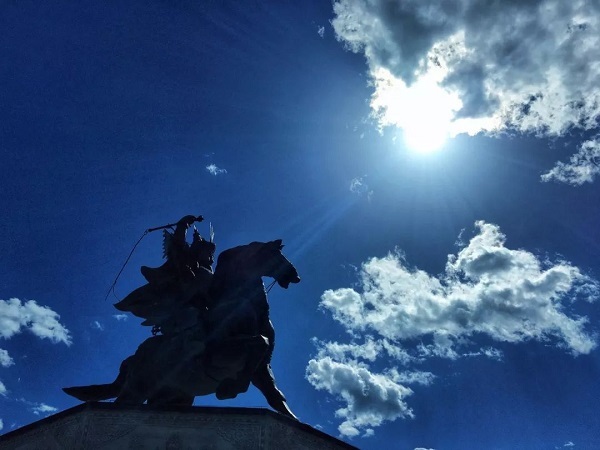
King Gesar lived in "Deyu" for 9 years and managed the place in an orderly manner. When he was 24 years old, King Huoer Baizhang invaded the Ling Kingdom and robbed his princess. King Gesar quickly set off after receiving the news, killed King Huoer Baizhang, subdued the Huoer area, and returned with the princess in triumph. This Huoling war between Huoer Kingdom and Ling Kingdom is the most representative part of "The Epic of King Gesar".
Then, when Gesar was 33 years old, he won the Jiangling war between the Jiang Kingdom and Ling Kingdom. The king of Jiang Kingdom, Satan intended to seize the salt sea from the Ling Kingdom. King Gesar and the soldiers of the Ling Kingdom went through a series of battles of wisdom and bravery with Jiang's king and his ministers. Finally, they eventually eliminated Satan, the king of Jiang, also one of the "four demon kings" in the epic.
At the age of 36, he won the MenLing War between the Men and Ling Kingdom. At the age of 40, he fought with Dazi(Persian territory nowadays) and conquered the King of Dazi; at 42 he went to Khache and eliminated King Khache Trizan; At 68, he also conquered the Dami sect of Nepal in the south, and conquered the Baire Mianyang sect when he was 69.
Through fighting everywhere, King Gesar of Ling unified more than 150 surrounding tribes, established a unified political power in the Tibetan areas connected by the three provinces of Sichuan, Qinghai, and Tibet, and ended the hundreds of years of tribal disputes after the collapse of Tubo Kingdom. Therefore, the people of later generations regard King Gesar as a glorious God of War who can subdue and defeat all evils.
The valiant great leader King Gesar brought the common people a stable life. Generally, on the snow-covered plateau, the common people began to use mythological methods to chant King Gesar's military life, promotion of poetic justice, and dissemination of the culture, to express their respects and admiration for him. King Gesar became the hero that the common people were proud of.
Historic Sites
Relics of Gesar and Thirty Generals
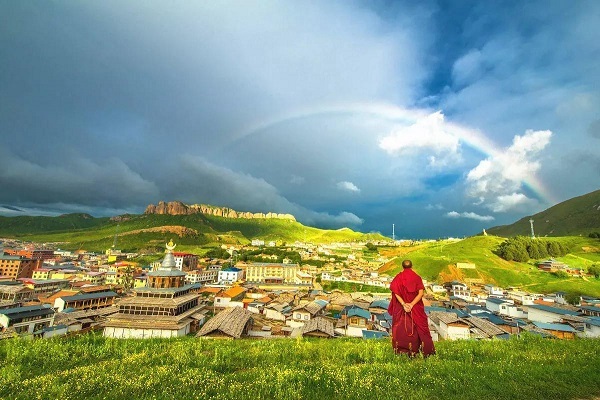
1. There are still King Gesar’s sword and saddle in the exhibition hall of Labrang Monastery, one of the six major yellow-sect monasteries in Tibetan areas. According to relevant records, “the sword and the saddle were handed down by a living Buddha named Lingcang. His real name is Dunzhu Gyatso, and he was the tenth abbot of the Labrang Monastery as well as a descendant of the Ling Kingdom.”
2. Around the Lingguo Temple, Nangqian County, Yushu Prefecture, there're numerous pagodas of different sizes. The names and titles of the generals are written in gold powder on the pagodas. There are Gesar's crown, golden saddle, golden armor, treasured sword, divine bow and other items in the temple, as well as the generals’ silver saddle and weapons, the decorations worn by the princess and the female family members of the thirty generals, etc. Unfortunately, most of the items were lost in the cultural revolution in China. Now there's only one helmet and a pair of arrows of Gesar in the Qinghai Province "Gesar Research Institute".
3. Not far from Zaling Lake, there is a mountain called "Zhumu Horse Ring". According to local people, on that mountain, you can often pick up some arrows, iron pieces on armor, and so on. People analyze that this is probably an ancient battlefield
In Zongqin Temple in Dege, and other temples in Qamdo, Aba, Gannan, there are many relics of Gesar's thangka, statues and articles.
Traces of King Gesar
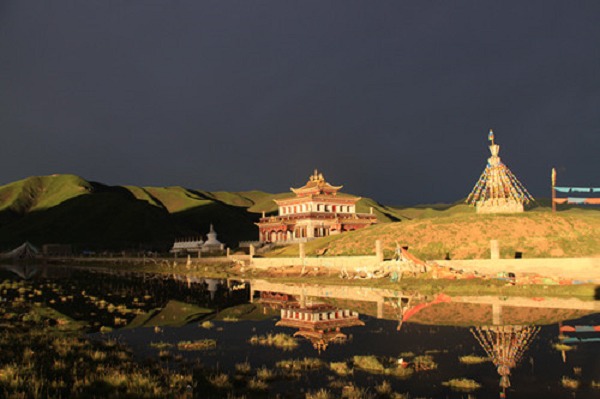
1. Near the Chalang Temple in Dari County, Guoluo Prefecture, Qinghai Province, there is a black soil ditch called "Kudal", which is the old site of the Gesar's Palace - Lion and Dragon Palace. In 1993, people raised more than one million yuan and built a new palace on the site of the old one. There are bronze statues of Gesar and the statues of Thirty Generals including Zhumu and Naiqiong. On the walls, there are painted murals of the God of War Gesar.
2. There is a place in Mangkang of Tibet called Puruo Niangzong. According to legend, Huangtong’s hometown was there. The castle of Huangtong in the epic is called “Puruo Niangzong”, hence the name.
3. In Jiangre, Dege, Sichuan, there is the castle of Gesar's brother Jiacha, and the ruins of Yinshui Nuzong.
4. To the south of Zaling Lake, Maduo County, Guoluo Prefecture, Qinghai Province, there's a ruin of the old city, which is said to be the castle of Gyalodun Ba Gyatzan.
5. In the vicinity of Shinaihai Township, Gonghe County, Hainan Prefecture, Qinghai Province, there is a stone city made of stones, which is called " Sinba Rock City".
6. At the foot of Amne Machin Mountain in Qinghai Province, at the junction of Dawu Township and Dongqinggou Township, there is a platform made of boulders to simmer mulberries. The length, width, and height of the platform are equal in proportion, and it's about the size of an ordinary Tibetan house. Legend has it that when Ling Kingdom encountered festive days or wars or disasters, King Gesar would come here to simmer mulberries to pray for blessing and get rid of calamities, so local people call it "Sangka".
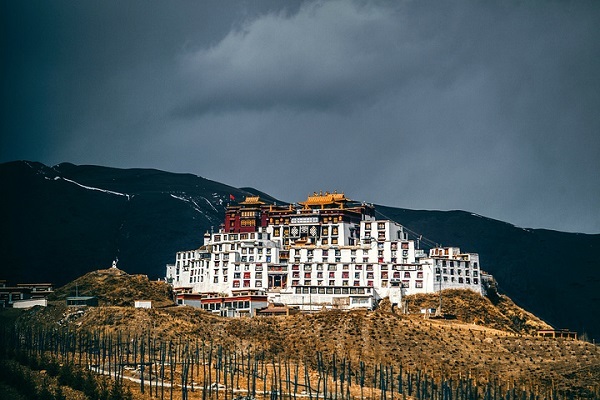
7. There is a Zandan Temple in Suo County, Nagqu Prefecture, Tibet, which means sandalwood. Legend has it that after Gesar's mother gave birth to Gesar, some blood dripped on the ground when she cut the umbilical cord, and soon after a thick and big sandalwood tree grew there. Later generations chopped it down as pillars and built a temple here, named Zandan Temple.
8. In Dari County, Guoluo Prefecture, Qinghai Province, there is a castle made of deer antlers, bison horns, and ox horns. It is called "The Horn City of Ada". This horn city had been well preserved before it was demolished during the democratic reform in Tibet.
There are still many such historical remains and legends in Aba of Sichuan, Gannan of Gansu, Yushu and Guoluo of Qinghai.
The Epic of King Gesar
The Epic of King Gesar is the longest epic in the world, and it can be called a vibrant and vivid sample of the great art of human oral expression.
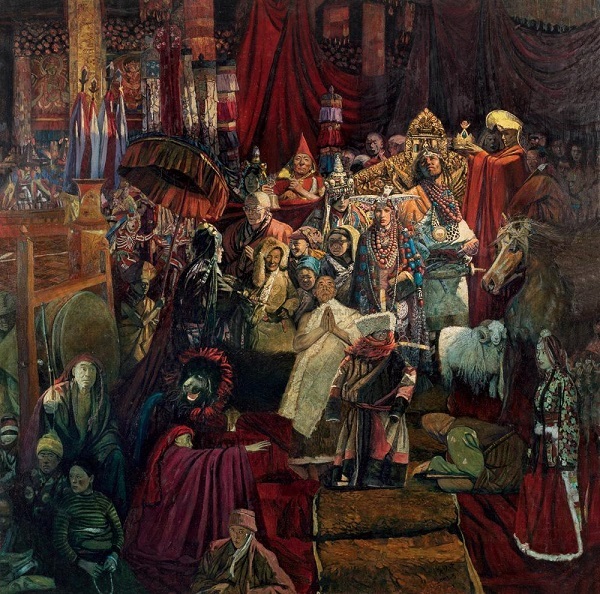
Epic is a kind of art with a long history, and it has spread in many civilizations and traditions all over the world. The famous epics and myths of Homer in ancient Greece are recognized as the origin of Western literature. "Gilgamesh" in Babylon, "Mahabharata" in ancient India, "Beowulf" in Old English, "Song of the Nibelungs" in ancient German, "Song of Roland" in ancient France, The African Mali epic "Sundiata", etc., were once widely sung and had a long-lasting influence. Aristotle of ancient Greece once carefully discussed the connotation and characteristics of epics and gave a high evaluation of this artistic style, which opened a precedent for humans to understand and comment on epics. People in all corners of the earth, in accordance with their natural environment and cultural traditions, have developed epic performance traditions of various forms and complex styles. Numerous epics have become monuments of human oral performance culture.
The large-scale epic of "Gesar", sung mainly among ethnic groups such as Tibetans and Mongolians, can be called a vivid sample of the great art of human oral expression. Its many characteristics are breathtaking.
The story of "Gesar" is "as many as the hairs on an ox," and it is innumerable. It is the longest epic in the world. Before the "Epic of King Gesar" was known to the world, Western reference books said that the longest epic in the world was Mahabharata from ancient India, with 100,000 Odes, and 200,000 lines of poems. As for the length of "Epic of King Gesar", there are no accurate statistics so far. But we can roughly know that there are more than 100 types of Tibetan epic texts, which "divisions" do not overlap with each other, and more than 1 million lines of poetry in the verse part alone.
The Epic of King Gesar is not only the longest epic in the world today but also reflects the prehistoric history of the Tibetans. In the process of spreading, people blended some social systems, moral standards, values at the time, and some folk customs, language characteristics, etc. of the ancient Tibetan plateau society into the epic. And there was a primitive religious belief - Bon before Buddhism was introduced. Through the singing of many generations of artists, their beliefs have been continuously integrated into the epic.
Email response within 0.5~24 hours.


